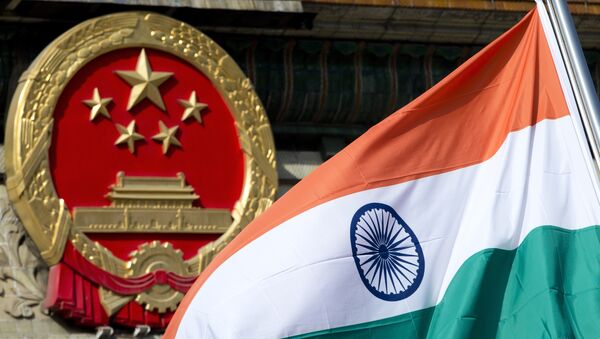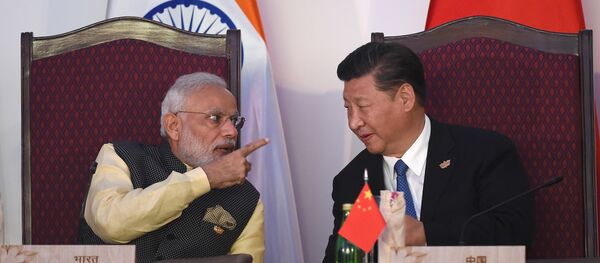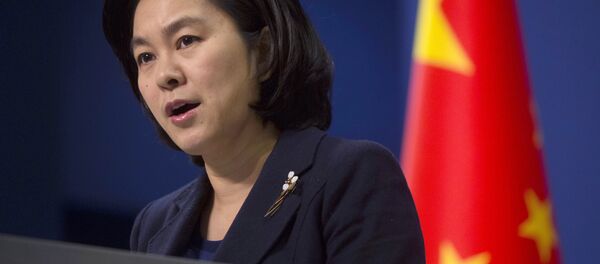Yi Fuxian, author of non-fiction work A Big Country in an Empty Nest which argues that China's birth control policy has hurt it, said at a seminar held in Peking University that the Chinese government has overestimated the fertility rate and size of the population.
According to his projection, China's population last year was only 1.286 billion, 96 million less than the official figure. "But according to the population projections made by the UN, India had approximately 1.32 billion people in 2016," Yi, a senior obstetrics and gynecology scientist at the University of Wisconsin-Madison in the US, told the Global Times after the seminar. "India has many more young people than China. Its economy in the future will be more dynamic and the pension burden will be much lighter."
The CIA's World Factbook reveals that the median age — half the people are younger than this age and half are older — of India was 27.6 last year, while China's was 37.1.
"This is India's huge advantage as its youth will drive India's savings and investments and also be a large market and workforce for the world," Sharmila Kantha, principal consultant of the Confederation of Indian Industry based in New Delhi, told the Global Times.
He believes India can act as a global growth engine by leveraging its rising productivity and youthful energy. According to the IMF, India's economic growth rate will exceed 8 percent in three years.
However P. Arokiasamy, head of the Department of Development Studies of the Mumbai-based International Institute for Population Sciences, commented that Yi's claim "is not substantiated by peer-review or official statistics."
"Going by official population numbers, India will certainly overtake China as the world's most populous country soon, most likely when population counts are confirmed post the 2021 census of India," the professor told Global Times via an e-mail.
But he also agreed that the large size of India's youth population may propel India to outstrip China. "India will have the advantage of demographic dividend for more than three decades until 2050, therefore, India may emerge as the world's major economy overtaking China as well," he said.
World factories
Swaran Singh, a professor at the School of International Studies, New Delhi's Jawaharlal Nehru University, say whether India's population is larger than China's or not is not that important.
But he believes the country's large number of young people, vast domestic market and low labor costs are the most significant contributors to the increase of foreign direct investment in India.
"Apple has started manufacturing in India. Even China has begun investing in India's booming market with high growth rates that hold promise for good returns for investments," Singh said.
Taiwan-based Foxconn, the world's largest contract electronics manufacturer that has the bulk of its factories in the Chinese mainland, has vowed to build 12 factories in India which will employ a total of 1 million workers. Chinese property developers such as Dalian Wanda, Country Garden and Fosun International have also launched projects in the neighboring country.
Some are even worried that as India is catching up with China and may well become the "world's factory," the country may take away millions of jobs from China.
Beijing-based private strategic think tank Anbound recently issued a report, warning that China should develop a more effective growth strategy or it may lose out due to India's success.
Kantha disagrees. "If we look at India-China trade, we find that India imports $61 billion of goods from China and exports $10 billion of goods to China, so there is a huge trade balance in China's favor," he argued. "India faces market access issues in its advantage areas such as IT and pharmacy in China. Hence, it is not likely that Chinese jobs will be lost in the near future due to India's growth."
This article was written by Huang Jingjing and was originally published in the Global Times.






